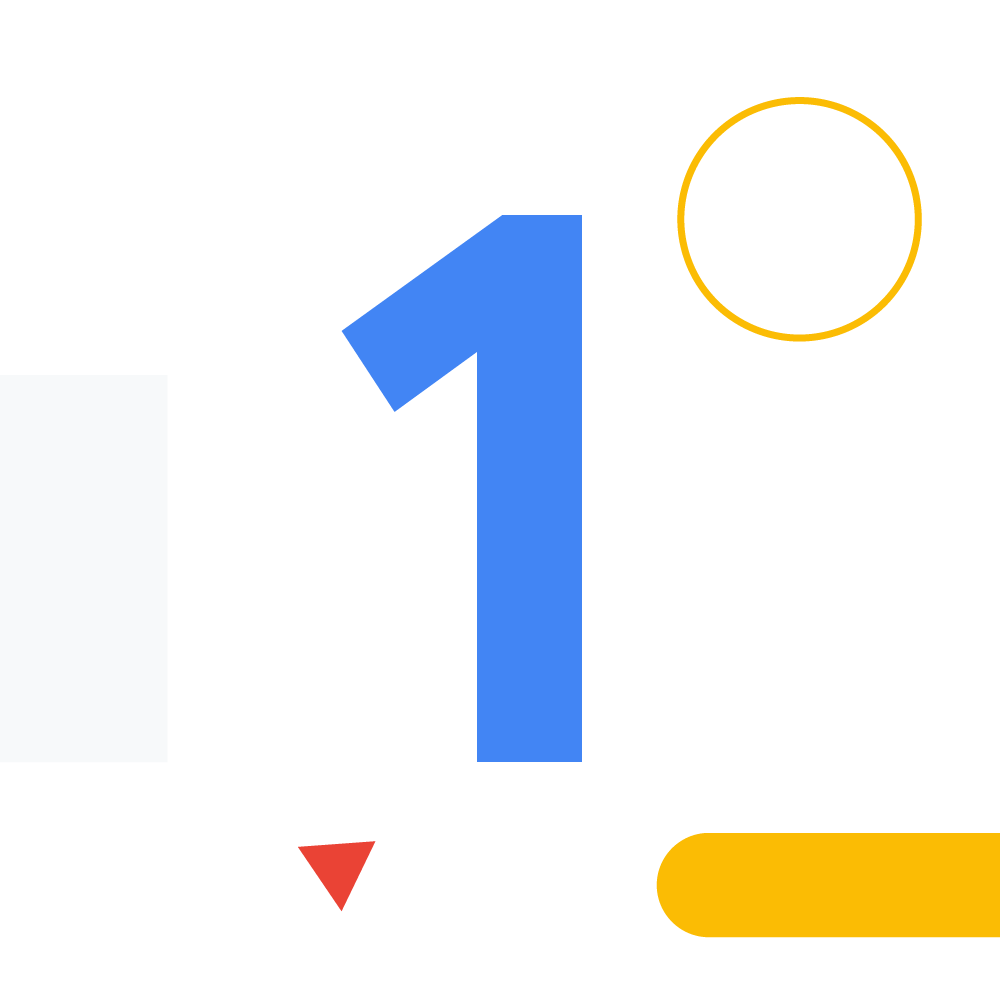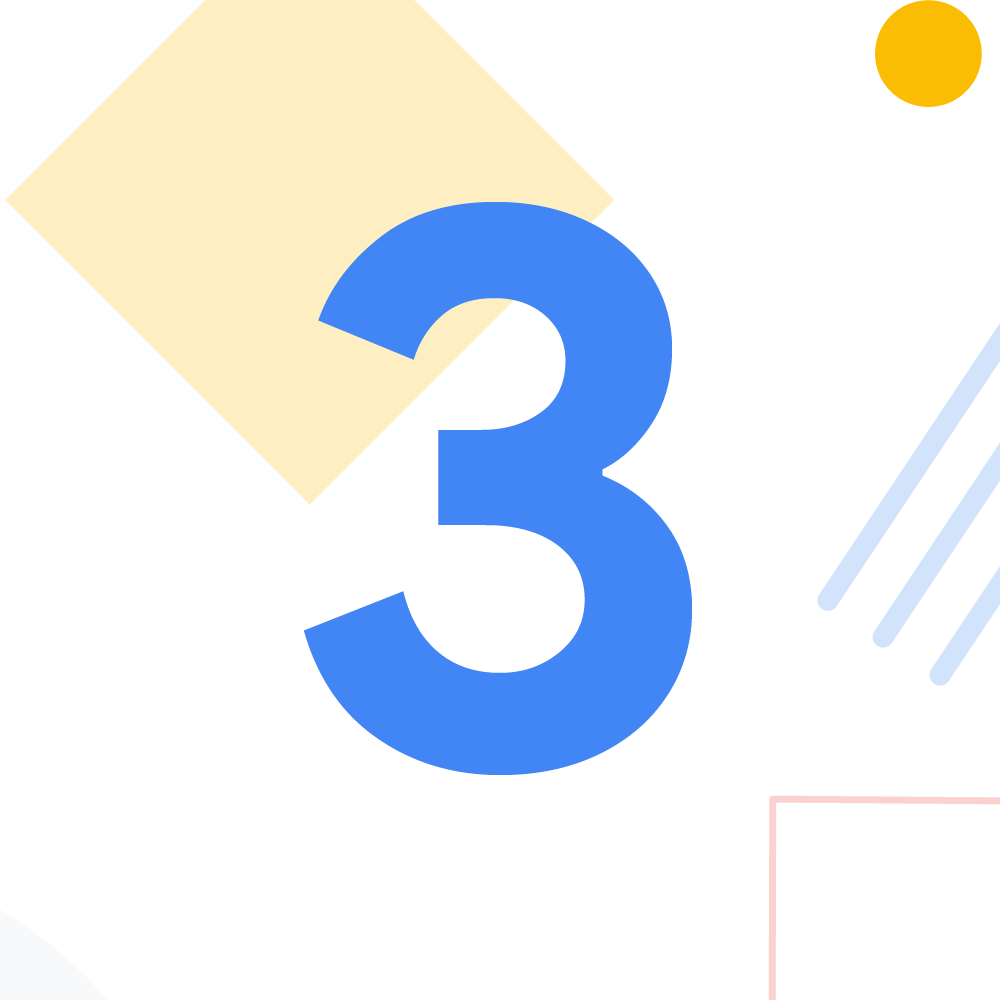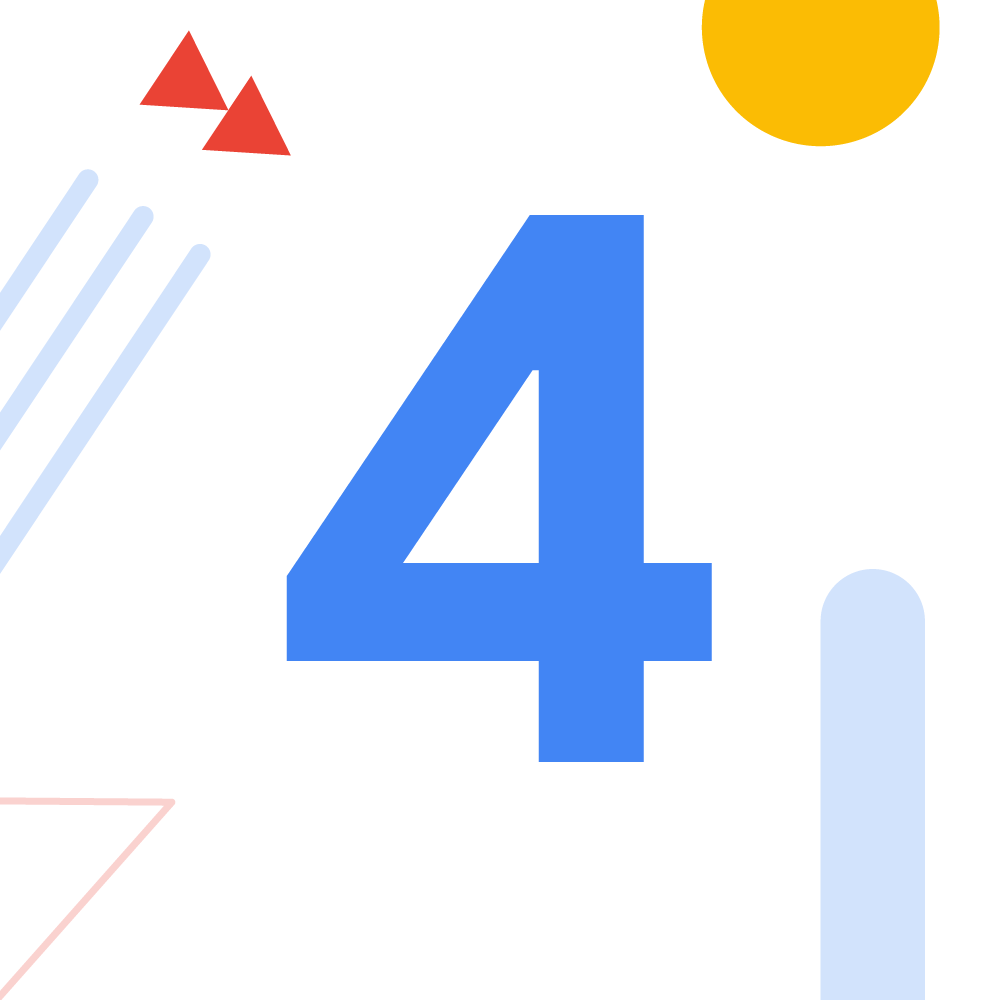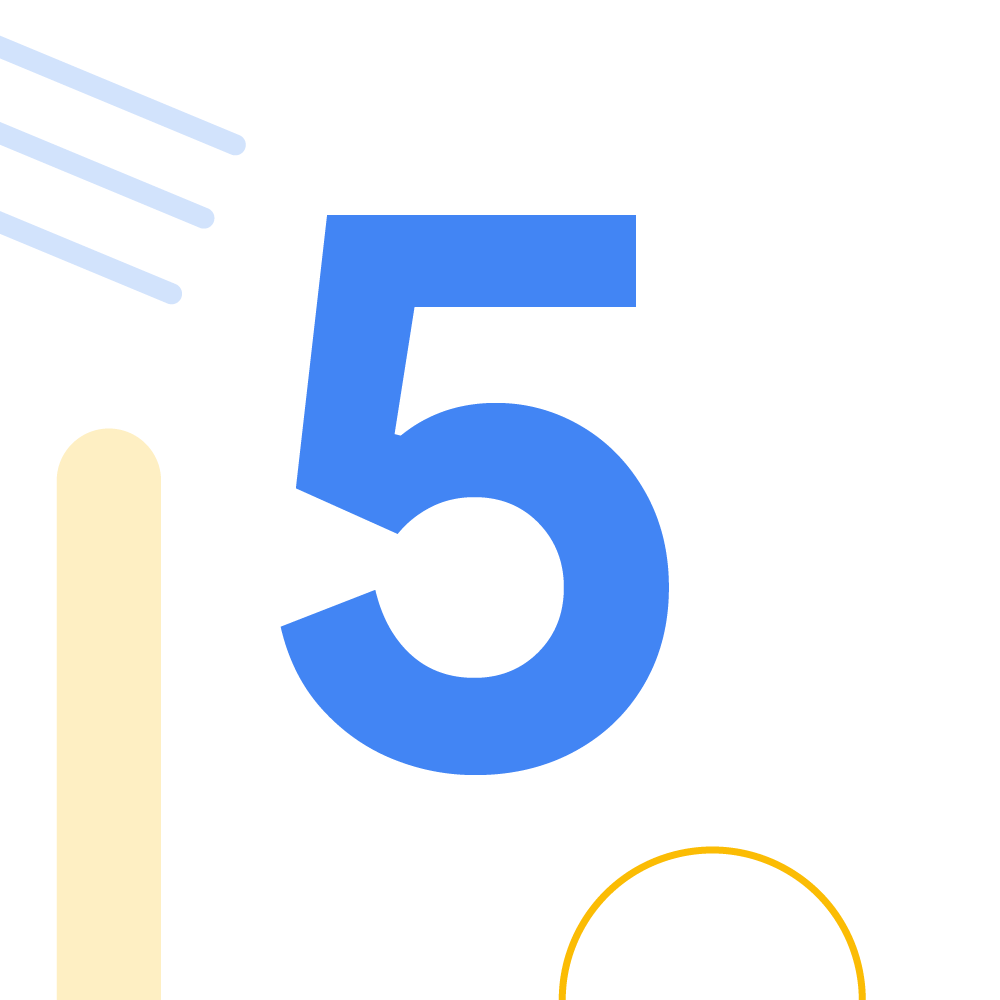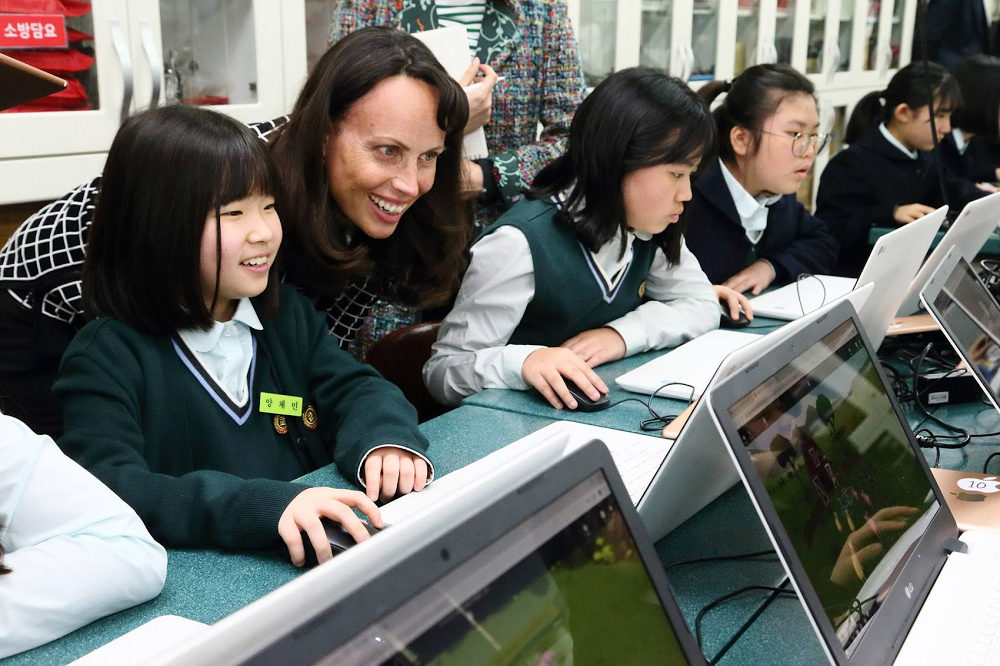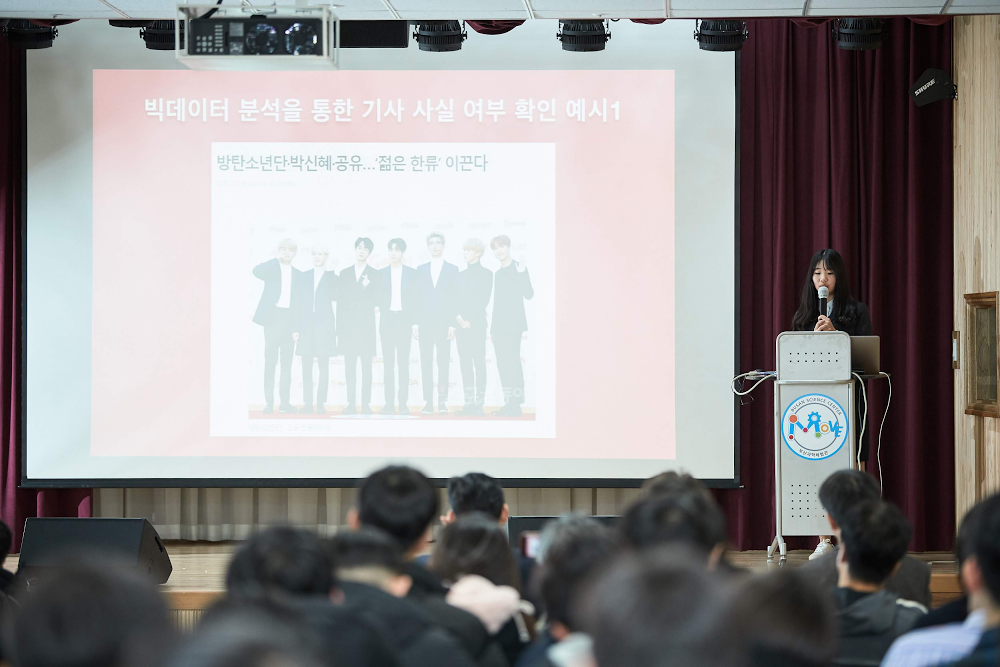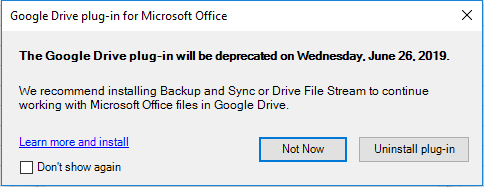Note: All Googlers interviewed or pictured below will be on the ground over the next few days — so if you're at #NSBE45, be sure to drop by our booth and say hi. We'd love to meet you!
"Talk to professionals currently doing what you would love to see yourself do and ask them questions about their career path." - Adekunle Adeyemo, Systems Engineer, Site Reliability Engineering
"Meet new people. You will be surrounded by brilliance so challenge yourself to establish a relationship with someone new each day." - Jana Landon, University Programs Specialist, HBCUs
"Be open to new opportunities! Learn as much as you can about different companies and roles. Don't be afraid of exploring a new job option that you might not have known about before." - Noel Elgamal, University Recruiter
"Research 7-10 companies that you want to work for, memorize their mission, know their founders, and know what roles are open that you want." - April Curley, University Programs Specialist, HBCUs
"Network, be authentic, remember names and FOLLOW UP!" - Jojo Johnson, Information Technology Resident
"Be curious and ask questions — learning how to investigate systems and figuring out how parts interact is a great skill that'll help in your career." - Desiye Collier, Software Engineer
"What do you find yourself researching/reading/doing when no one is around? Take whatever popped in your head and try to build a career around it." - Kenny Sulaimon, Program Manager, Android System Health
"Get everything you can out of every opportunity! Make your time mean something." — Kim Martin, Software Engineer
"Be yourself — don't conform for anything. You're unique and bring something to the table that's missing, so share all that you are." - Bakary Diarrassouba, Program Manager, Privacy
"Try to keep an open mind. You may not find the position you are looking for, but once you get your foot in the door, then you can look towards the position you really desire." - Everone Graham, Information Technology Resident
"I received my first full-time offer through a NSBE conference, giving back means everything to me." - Bakary Diarrassouba, Program Manager, Privacy
"It's important for me to see and be an example for other Black Computer Scientists." - Kim Martin, Software Engineer
"NSBE to me is like a second family. Without NSBE I would not be where I am today and I am forever grateful for that. I got my first Google job at a NSBE conference and since then I've been able to go back and help other people get opportunities just like me. Attending NSBE is my way of giving back to my community and also reuniting with the family that gave me the opportunities I have today." - Kenny Sulaimon, Program Manager, Android System Health
